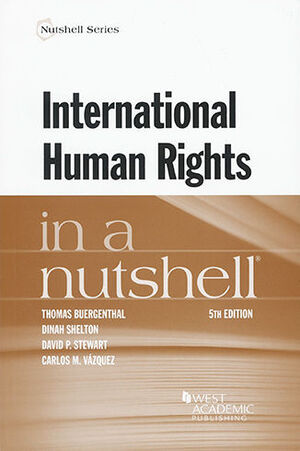The fifth edition of this book follows the basic format of the previous editions. The purpose of the book remains the same: hoth to serve as a self-contained introduction to the international law of human rights and to complement other course materials by providing the reader with a concise overview of human rights norms and the institutional context within which they evolve. The book continúes to grow in size, however, to take account of many new developments in the field.
The fourth edition was published in 2009. While the geo-political changes that have occurred in the past seven years have heen less dramatic than those that took place during the interval between the first and second editions (which saw the collapse of the Soviet empire, the end of the Cold War, and the abolition of apartheid in South Africa), they are nonetheless important in the evolution of international human rights law. As was the case for the interval between the third and fourth editions, continuing internal and international armed conflicts have brought increased attention to the interaction of humanitarian law and international human rights law. In particular, the disastrous civil war in Syria and other conflicts in the Mid-East, Africa and Central Asia) have created humanitarian crises unparalleled since the end of World War II. Human rights and fundamental freedoms remain under threat in every córner of the globe, and the international community continúes to struggle to hold individuáis accountable for wartime and peacetime atrocities.
